
下载亿题库APP
联系电话:400-660-1360

下载亿题库APP
联系电话:400-660-1360

请谨慎保管和记忆你的密码,以免泄露和丢失

请谨慎保管和记忆你的密码,以免泄露和丢失

为了帮助广大考生顺利通过口译笔译考试,帮考网为大家分享了一些口译笔译相关内容,希望大家每天坚持练习,积极备考。
Questions 1-5
In Idaho\'s Snake River Valley, where potato farmers depend on electric pumps to water their crops, the state\'s largest power company hopes to stand tradition on its head and profit by selling farmers less, not more, electricity. To do that, Idaho Power is vastly expanding its energy-efficiency programs for 395,000 residential customers, small businesses, and farmers. Usually the more customers save, the less utilities make. But under an innovative deal with state regulators in March, Idaho Power gets paid for its plants and equipment and boosts profits by winning incentive payments for reducing electric demand.
It\'s an idea that appears to be catching on as legislatures fret about global warming and utilities scramble to meet rising demand without the increasing harassment and cost of building new power plants. Idaho is among 13 states whose regulators have either adopted or proposed measures in the past year to decouple utility profit from electricity production. Decoupling is advancing even faster for natural-gas utilities, with 25 states either adopting or proposing decoupling plans in recent years. "This wave toward \'decoupling\' is clearly gathering momentum," says Martin Kushler of the American Council for an Energy-Efficient Economy in Washington. "More states seem to be calling every week to find out about this."
Although California pioneered the idea 25 years ago—and strengthened incentives and penalties last month—interest is picking up again because of global warming, experts say. The main idea is that by rearranging the incentive structure, regulators can give utilities clear incentives to push energy efficiency and conservation without hurting their bottom lines. Under the new rules in California, for example, electric utilities could make as much as $150 million extra if they can persuade Californians to save some $2 billion worth of power, according to the Natural Resources Defense Council.
"This is a vital step in the global-warming fight," says Audrey Chang, an NRDC researcher. "It represents, we hope, a historic shift toward decoupling that is going to help bend the energy demand curve downwards." Beside Idaho, states that this year adopted decoupling for some or all of its electric power industry include New York, Connecticut, and Vermont. At least nine other states have seen major decoupling proposals this year.
Idaho Power is happy that its key fixed costs—plants and equipment—are now separated from variable costs of electricity sales such as fuel. Regulators annually readjust those fixed rates—up or down—a maximum of 3 percent to ensure that the company gets no more or less than it has been regulated to receive. But customers should benefit, too, as utility efficiency programs cut energy use and energy bills—something the company is trying hard to do so it can win a bonus if it meets or exceeds energy-cutting goals. "Before there was almost a disincentive to go hard at efficiency because we weren\'t recovering our fixed costs," says Mike Youngblood, an analyst for Idaho Power. "Now the anticipation is that we will recover our fixed cost, no more or less. And our customers will see their bill go down if they invest in energy efficiency."
One key reason utilities are often willing to decouple or even leading proponents of the proposals is because the costs of building a power plant has risen dramatically. A 500-megawatt coal-fired plant that cost $1 billion just a few years ago might cost $1.5 billion today, industry experts say. Add to that growing uncertainty about future costs. Global-warming legislation could put a price of $30 per ton on carbon-dioxide emissions from power plants. That could make coal, the cheapest power today, more costly. Another factor is the rising community opposition to coal-fired power plant construction.
In North Carolina, where regulators recently refused a Duke Energy Corp. proposal to build a power plant, the company has instead put forward a controversial decoupling proposal. The plan would pay the company to meet efficiency standards, although consumer advocates and even environmental groups question whether it\'s a good deal for ratepayers. In fact, some consumer advocates have major reservations about decoupling overall. "Unfortunately, we\'re seeing utilities trying to use decoupling as a blank check," says Charles Acquard, executive director of the National Association of State Utility Consumer Advocates in Silver Spring, Md. "We\'re not absolutely opposed to decoupling. It\'s how you do it that\'s critical."
1. What is the main idea of the passage?
(A) Electric utilities lose more profits from reducing electric demand.
(B) Electric utilities gain more profits from increasing electric demand.
(C) The more electricity customers save, the less profits utilities make.
(D) The more electricity customers save, the more incentive payments utilities get.
2. Which of the following gives the best definition of the expression "to stand tradition on its head" (para. 1)?
(A) To criticize tradition.
(B) To go against tradition.
(C) To carry forward tradition.
(D) To integrate tradition.
3. In the passage, the measures of decoupling used in utility efficiency programs refer to the practice of ________.
(A) separating the utility profits from power production
(B) combining fixed costs with variable costs
(C) strengthening both incentives and penalties
(D) rearranging the incentive structure
4. According to the passage, when Idaho Power is building plants and purchasing equipment, such fixed costs _______.
(A) will no longer be treated as the costs of electricity sales
(B) will partially be covered by state regulators
(C) are still to be recovered by the companies
(D) are paid from customers\' electricity bills
5. All of the following are the reasons why electric utilities welcome decoupling EXCEPT ______.
(A) the rapidly rising cost of building power plants
(B) the uncertainty about future costs
(C) the community opposition to the building of coal-fired power plants
(D) the reservations consumer advocates have about energy-saving measures
参考答案:
1. D 2. C3. D 4. C 5. D
看到这里小伙伴们是否有所收获呢?希望帮考网为大家分享的内容能给大家带来帮助,后续也可以多关注帮考网,这里有更多的考试资讯,你想知道的都在这!
 27
27三级笔译和口译考试每年可以考几次?:三级笔译和口译考试每年可以考几次?通常情况下笔译口译考试都是每年两次。上半年一般在1月份报名,5月份考试,下半年一般在7月份报名,11月考试,各省市情况不一,具体情况可上CATTI官网或各省市人事考试网查询。
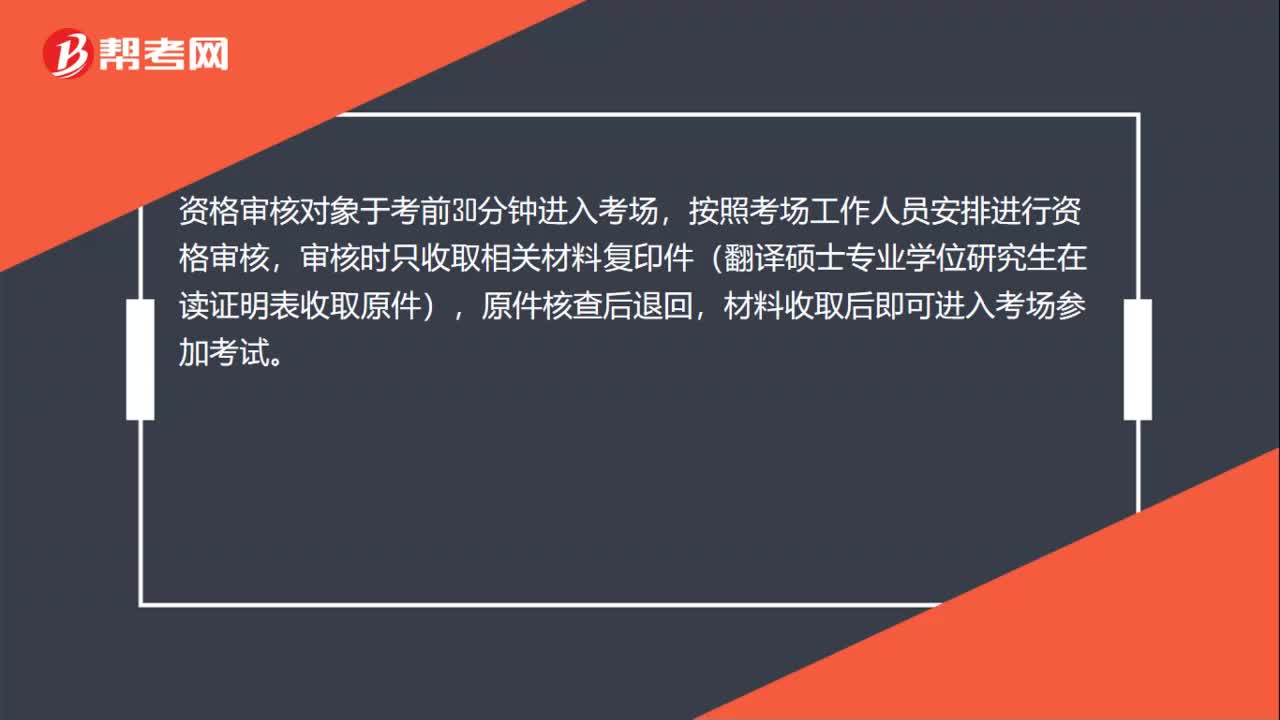 29
29口译笔译考试资格审核的流程是什么?:口译笔译考试资格审核的流程是什么?资格审核对象于考前30分钟进入考场,按照考场工作人员安排进行资格审核,审核时只收取相关材料复印件(翻译硕士专业学位研究生在读证明表收取原件),原件核查后退回,材料收取后即可进入考场参加考试。
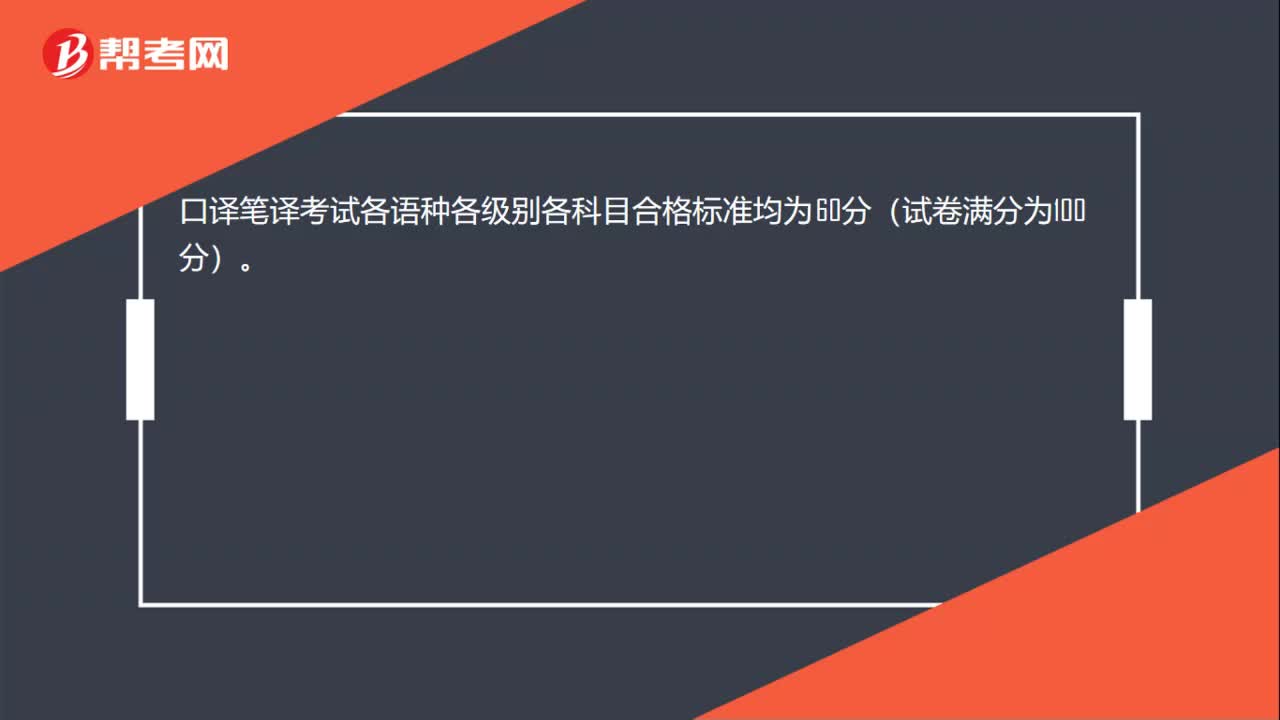 16
16口译笔译考试是多少分及格?:口译笔译考试各语种各级别各科目合格标准均为60分(试卷满分为100分)。
 00:23
00:232020-06-03
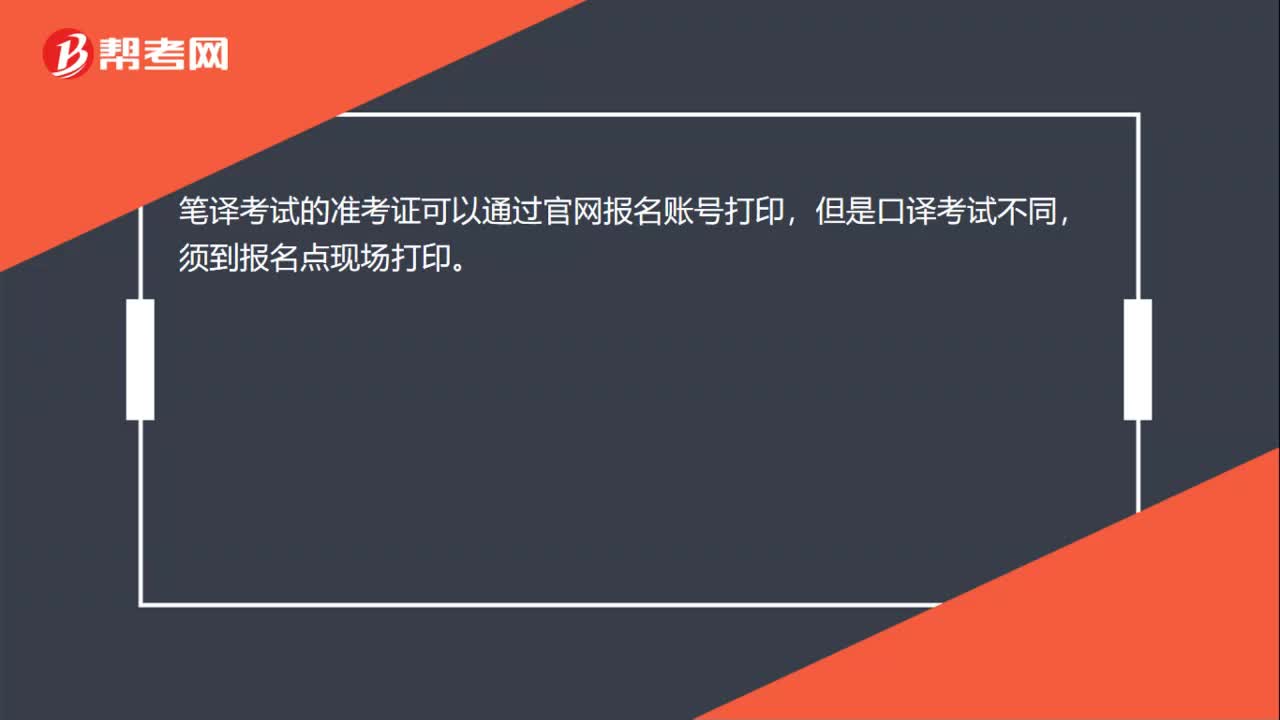 00:15
00:152020-06-03
 00:27
00:272020-06-03
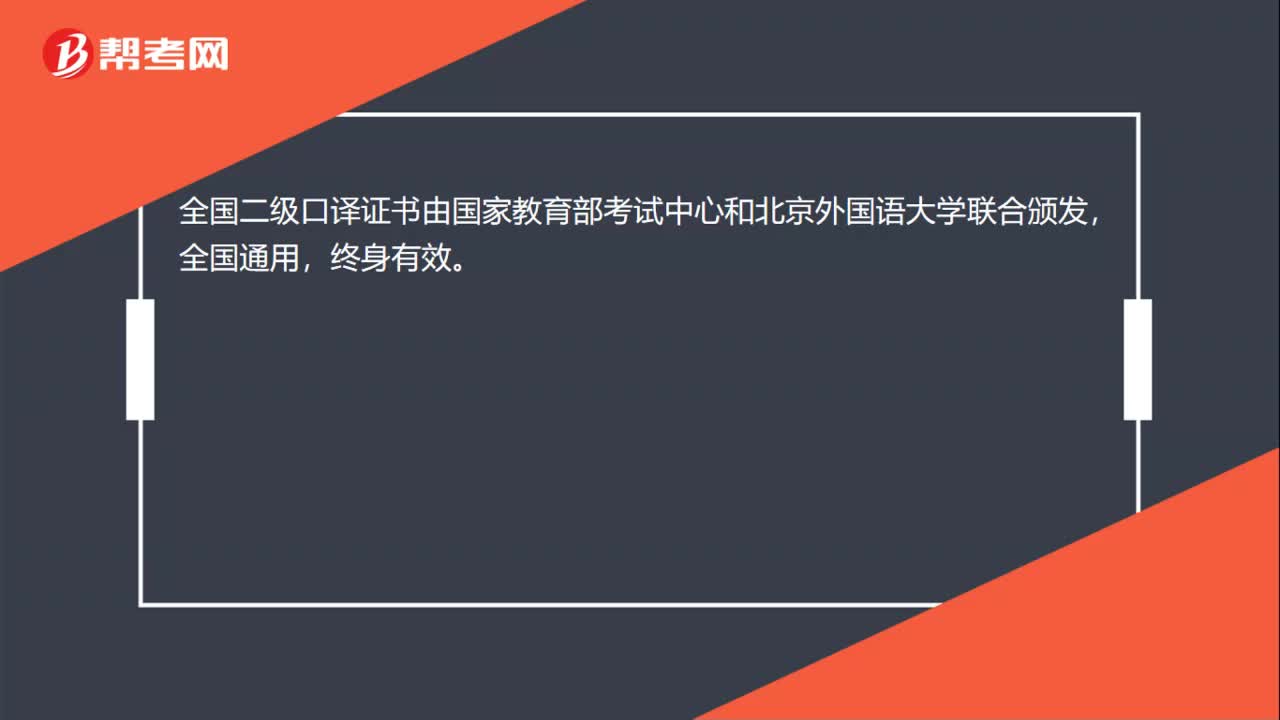 00:17
00:172020-06-03
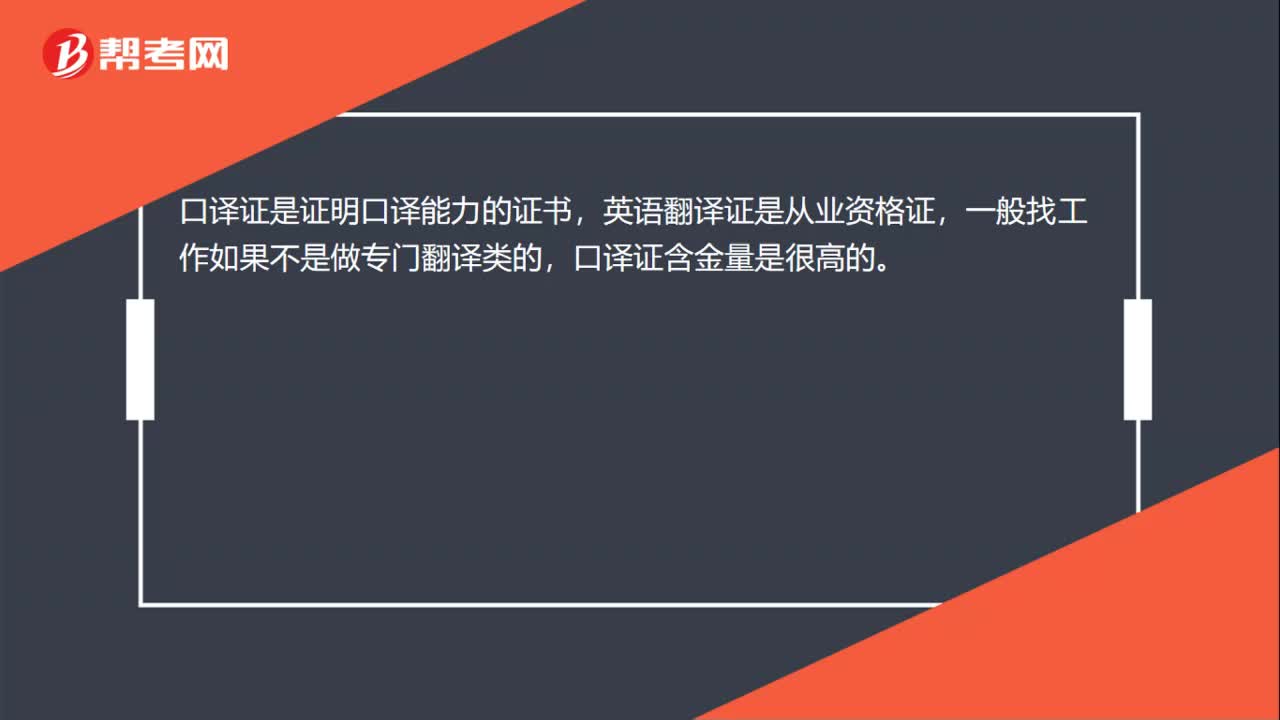 00:17
00:172020-06-03

微信扫码关注公众号
获取更多考试热门资料